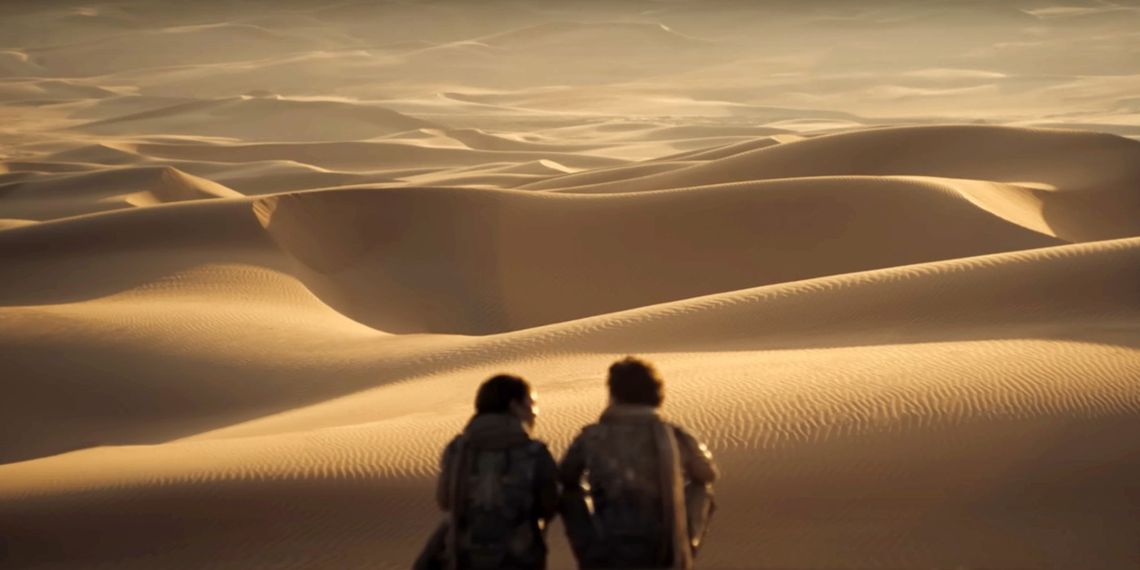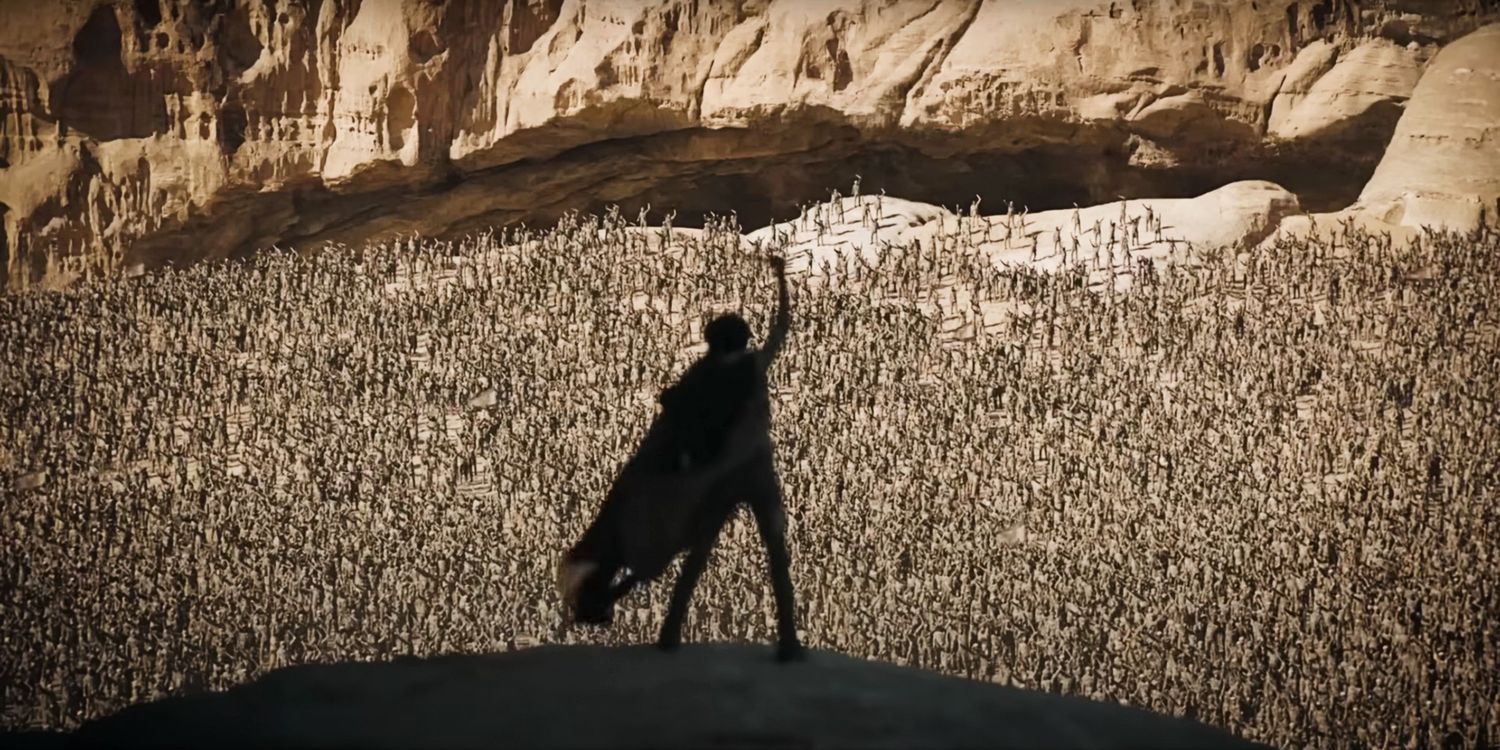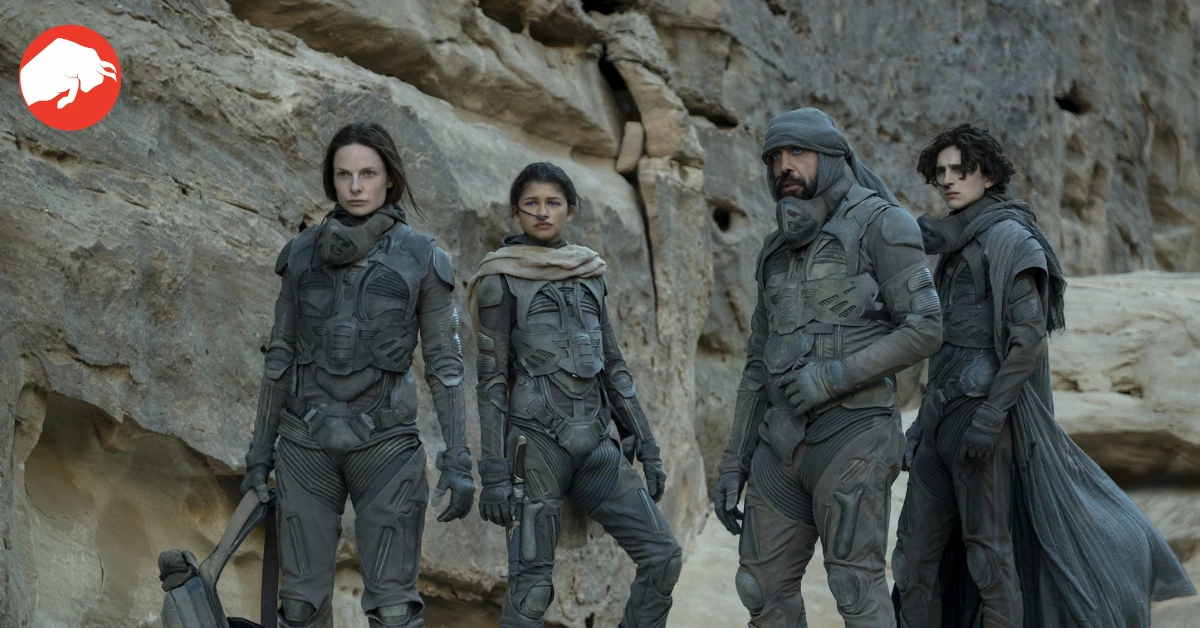Denis Villeneuve, the revered director behind the cinematic spectacle that was the first ‘Dune’ adaptation, has been captivating audiences with the unique challenges that come with reimagining a vast, intricate desert landscape for the sequel, ‘Dune: Part Two’. Here’s a look behind the scenes of this ambitious production, diving deep into the sand – quite literally!
Sand Matters: The Daunting Search for Arrakis
In cinema, every detail counts. From the glow of a character’s eye to the texture of the environment they inhabit, meticulous care is taken to ensure each element contributes to the overarching narrative. For ‘Dune: Part Two’, this meant a challenging hunt for the right kind of sand.
Despite the seemingly abundant deserts on our planet, Villeneuve and his talented team, including the Academy Award-winning duo, production designer Patrice Vermette and cinematographer Greig Fraser, found themselves on a rather unexpected mission. The sand dunes of Arrakis, a pivotal element in portraying the hostile yet awe-inspiring world of the story, required a very specific look.

Villeneuve recently shared the intricate challenges they faced during this sand quest with Empire magazine:
“For my mise-en-scène, I’ll want a particular shaped dune. But Greig Fraser, on the other hand, will need that same shape to be in a specific light. So Patrice spent weeks and weeks casting sand dunes in the desert! We looked like madmen… I still find it every morning in my shoes. We’re sand-traumatised, for sure.”
Such devotion to achieving a precise vision isn’t just about perfectionism; it’s about preserving the authenticity of Frank Herbert’s masterful world. The director’s light-hearted jest about their ‘sand trauma’ gives us a rare, amusing glimpse behind the scenes of a massive Hollywood production.
A Legacy of Authenticity: Comparing the Sequel to its Predecessor
The 2021 ‘Dune’ adaptation was nothing short of a visual masterpiece. Its dazzling portrayal of Arrakis drew the audience into the very heart of the desert, allowing them to feel its pulse and understand its importance to the story’s characters. Key filming locations, such as the Wadi Rum in Jordan and the Liwa Oasis in Abu Dhabi, provided the raw material for this desert planet’s portrayal.

Yet, even with nature’s beauty at their disposal, the ‘Dune’ team went above and beyond. Vermette, ever the attentive craftsman, kept bottles of sand with him during the filming of the first movie to maintain consistency in the desert’s color and texture across different shooting locations. This painstaking attention to the minutiae led to his well-deserved Academy Award.
In conclusion, while audiences eagerly await ‘Dune: Part Two’, the tales from its production promise a continuation of the visual and narrative excellence showcased in the first installment. Villeneuve’s dedication to immersing viewers in the unique, sandy landscapes of Arrakis ensures the sequel will be another unforgettable journey.









